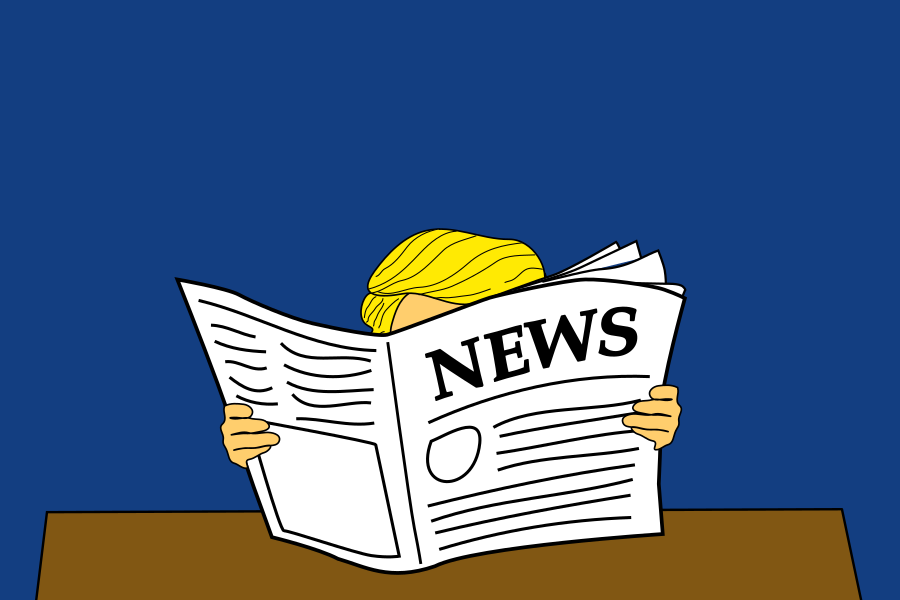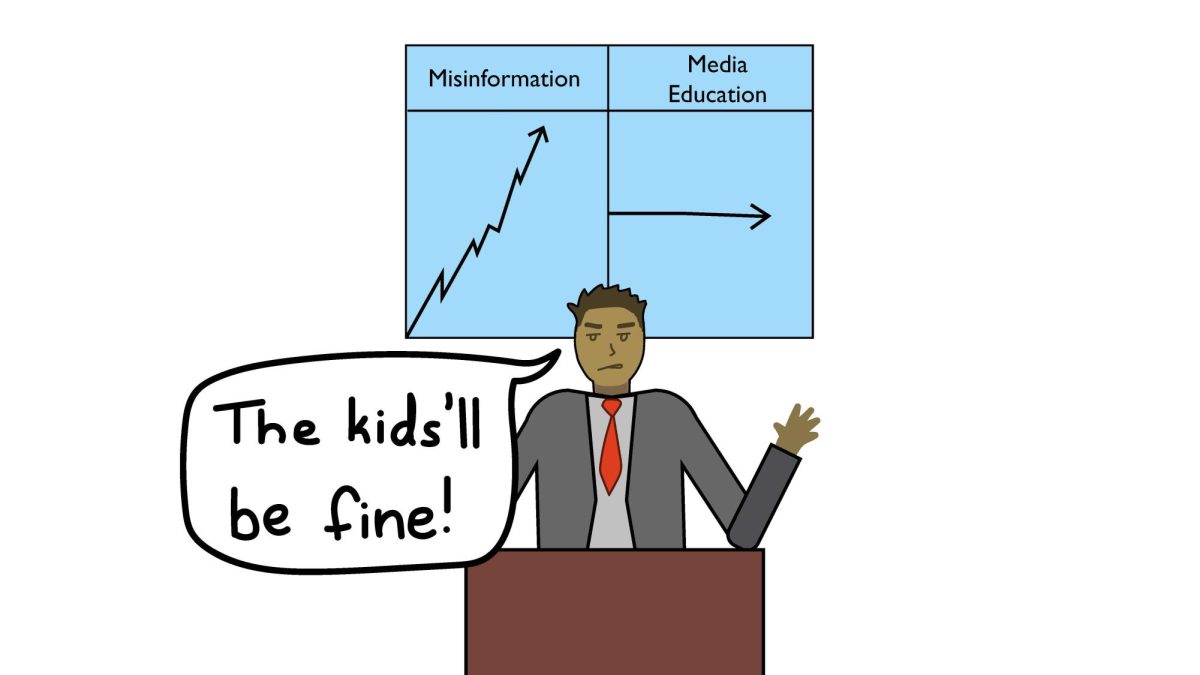For many years, much of political journalism has been fairly formulaic: reporters retrieve facts from official streams of press conferences or releases, compile them into articles and publish them. Previous presidential administrations have held frequent press conferences and provided bountiful information to the media. Now, however, with the inauguration of President Donald Trump, much of this is changing. Dealing with a hostile presidential administration, the media will see a dramatic transition towards more grassroots sources for information.
We have seen, from the few recent press conferences and statements from the Trump administration, that they may not offer the same privileges to the media as the Obama administration and others did before. Already, Sean Spicer, President Trump’s press secretary, has offered “alternative facts” and repeatedly attacked the media. In a press conference on January 11, Trump said, “There’s been such a concerted effort by some in the mainstream media to delegitimize this election and to demean our incoming administration.” This echoes many of the sentiments expressed in his earlier campaign speeches, in which he referred to the media as “the opposition party” and made it clear that he will not act friendly towards them.
Unable to maintain the old system, the media will soon be forced to change. In place of official press releases, grassroots sources for information will become more common. During the Arab spring, when official reports were virtually nonexistent, amateur videos and eyewitness reports published on websites like LiveLeak and Twitter were a main source of information for journalists to report on. Although the situation in the US is far more stable than the Middle East was in 2010, we can still expect to see the same effect- when the government is less open to the press, other sources for journalists become more prevalent. However, these sources may be inaccurate, so investigative journalism will become more necessary. Instead of merely looking up facts, journalists will be given the task of sorting out the “alternative facts” from the truth.
These changes are not necessarily a bad thing. Many of them may actually have positive effects. Journalists and the media will be held to a higher standard in their accuracy, and more perspectives will be represented in sources for information. A recent Gallup poll found that just 32% of Americans say they trust mass media “to report the news fully, accurately and fairly.” The inclusion of more non-official sources may help those who currently feel estranged to become more connected to and represented by the media. If this demographic saw more interviews with people similar to themselves, it could help the media gain their trust back.
The Trump administration is like none other seen before, and much is still uncertain. From what we have seen, however, we know big changes are coming. Over the course of the next four years, the role of the media in the US will be transformed.
















